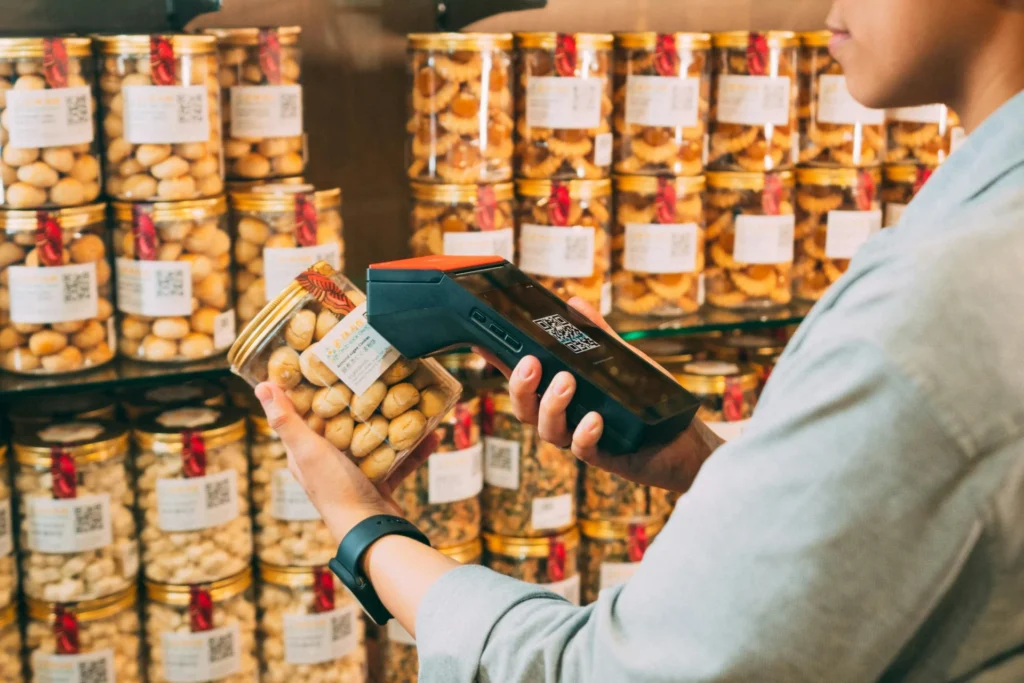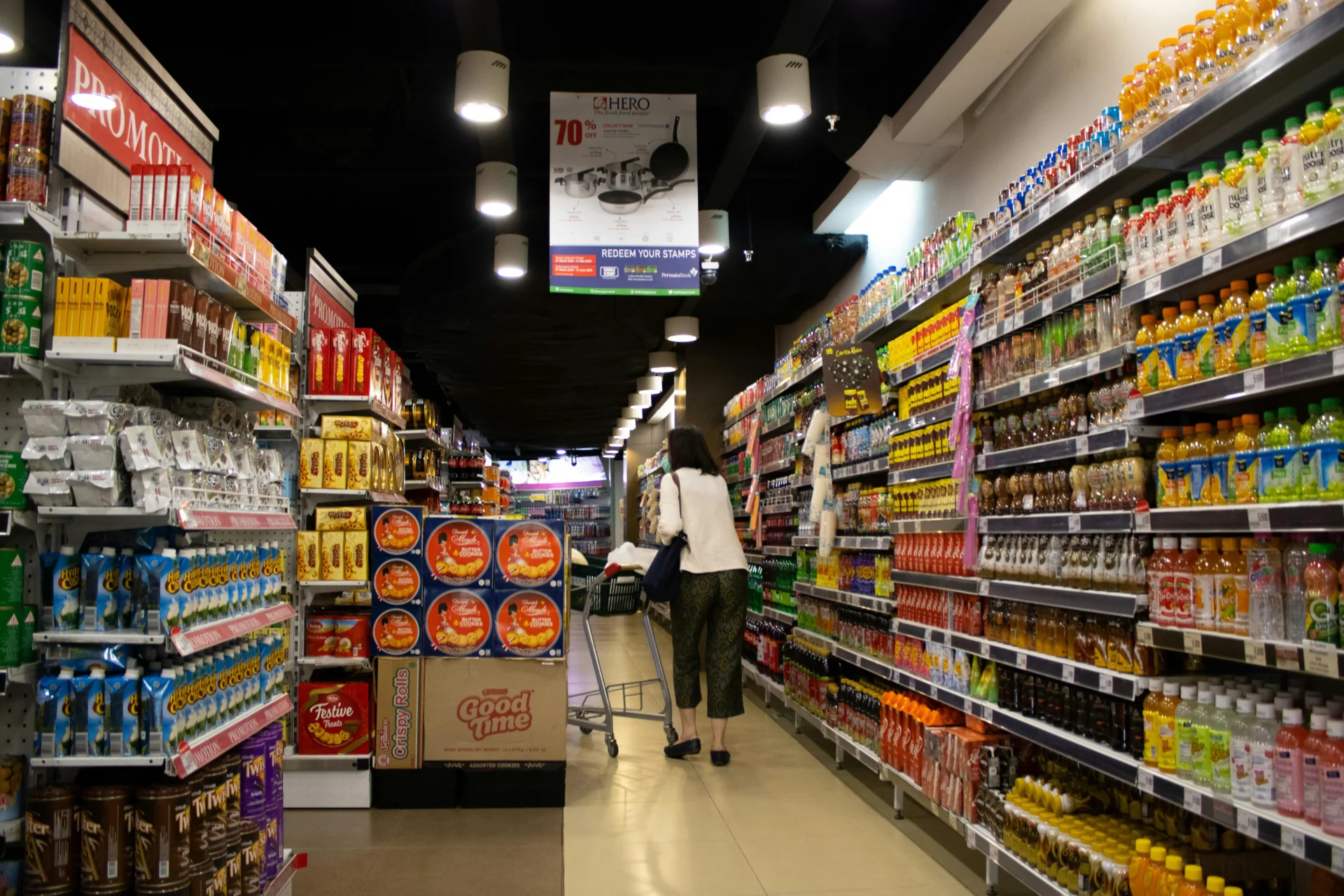Data-driven strategy is no longer a niche function reserved for enterprise giants. In today’s fast-paced retail landscape, it has become essential for brands that want to remain competitive, agile, and profitable. Every product purchase, shelf placement, and shopping behavior produces valuable data that can reveal opportunities to scale smarter. Consumer packaged goods analytics has become an inevitable part of any marketing strategy. Companies that ignore these insights risk falling behind more data-savvy competitors.
Brands are no longer just reacting to what has happened; they are predicting what will happen and shaping strategies around it. With every data point offering a chance to refine product positioning or improve promotional timing, analytics has become a daily tool rather than a quarterly report. The ability to connect insights across sales, operations, and marketing enables teams to act with greater confidence and less guesswork. As companies mature in their use of data, they also improve collaboration and alignment across departments.
Understanding the Foundation of CPG Analytics
Consumer packaged goods analytics refers to the collection, processing, and interpretation of data related to how CPG products are manufactured, marketed, distributed, and sold. Within this landscape, the role of CPG consultants is becoming increasingly critical, as brands lean on experts to transform raw data into strategic decisions. When companies replace guesswork with real-time visibility, they gain a compounding edge that benefits every level of the business. A CPG analyst functions as the data translator, turning unstructured inputs into actionable stories. As teams gain access to clearer business narratives, they become more responsive to market shifts.
What makes consumer packaged goods analytics essential across an organization is its ability to connect disparate departments with a shared understanding of data. It influences everything from inventory optimization to CPG content strategies that resonate with shoppers in targeted ways. Companies that leverage analytics effectively see gains in trade ROI, reduced operational waste, and improved product velocity. This is especially important when managing costs and maintaining quality across complex retail ecosystems. The end result is a company better prepared to explain not only what happened, but why it happened.
The term CPG refers to goods that are mass-produced and frequently consumed, such as household cleaners, snacks, or beverages. These products generate vast amounts of purchase data, allowing brands to respond in near real time to changes in consumer behavior. Many companies now use regional segmentation to improve the performance of CPG retail marketing, identifying microtrends within local markets. With the right data dashboards and modeling techniques, teams can detect early signals and act faster than the competition. In this sense, analytics serves as the foundation for adaptive, insight-driven growth.
Using Analytics to Understand the Consumer Journey
One of the greatest benefits of consumer packaged goods analytics is its ability to reveal detailed insights about how people shop, choose, and engage with brands. These insights have become indispensable in CPG marketing nowadays, where reaching the right shopper with the right message depends on precision. Analytics enables brands to uncover trends across demographics, regions, and product lines, allowing for improved campaign targeting. Companies that act on these insights early often outperform competitors. The connection between analytics and personalized execution has become a competitive necessity.
The process of analyzing a CPG company starts with mapping behavior to performance outcomes. With these insights, brands can align digital engagement strategies with in-store activity, enabling seamless digital ad delivery for CPG that matches consumer needs in real time. Effective attribution modeling connects these dots and helps teams understand the journey from impression to conversion. When data reveals how and when a shopper is most likely to buy, brands can adjust timing and messaging to maximize conversion. Moreover, it enables companies to optimize their entire consumer funnel based on behavioral triggers.
Real-time segment comparison is another vital capability unlocked by consumer packaged goods analytics, especially in relation to rapidly changing consumer needs. Brands can observe and act on purchasing spikes in different regions, often triggered by local promotions or sudden environmental shifts. For instance, if warmer weather drives an uptick in cold beverage sales, CPG beverage brands can launch timely regional campaigns that capitalize on demand. Building systems to identify such patterns allows brands to deploy resources more effectively and replicate successful tactics elsewhere.
The Types of Data That Drive Performance
For brands committed to scalable growth, understanding the types of data behind consumer packaged goods analytics is essential. Transactional data from retailers is only part of the puzzle. When combined with third-party sources and in-house metrics, brands gain a multi-dimensional view of the consumer. When integrated through centralized platforms, these insights drive smarter retail decisions and make CPG retail marketing services more effective. Retail-facing teams benefit by aligning their merchandising efforts to data-backed trends. This allows brands to influence shelf strategy, distribution, and pricing with greater confidence.
Retail execution platforms, loyalty programs, and shopper panel data all contribute to creating a holistic picture of performance. These innovations are particularly important in ensuring consistency and quality across multiple regions and retail chains. The rise of machine learning has further transformed how AI in CPG industry solutions deliver predictive insights, helping marketers respond before opportunities are missed. Teams can simulate the outcomes of promotional scenarios, detect anomalies, and adjust campaigns proactively. The growing synergy between retail data and AI ensures decision-making becomes more adaptive and responsive.
These diverse data types are also powering increasingly advanced forecasting models and digital targeting capabilities. For example, many brands now overlay regional consumption data with macroeconomic indicators to fine-tune messaging and distribution. This level of insight enables brands to execute hyper-targeted content strategies, such as launching user generated content for CPG campaigns that reflect real-world customer behavior. At the same time, they support broader personalization objectives by tying digital engagement to behavioral trends. The result is a marketing program that not only listens to the consumer but learns from them as well. When combined, these data-driven tactics boost loyalty, visibility, and agility.

Forecasting Demand with Greater Accuracy
One of the most powerful applications of consumer packaged goods analytics is its ability to enhance demand forecasting with greater speed and accuracy. They are leveraging algorithms to improve the precision of stock planning, which minimizes shortages and overstocks. This accuracy also strengthens retailer relationships by ensuring better fulfillment and higher on-shelf availability. For many companies, demand forecasting now serves as the backbone of broader product innovation for CPG, allowing teams to anticipate shifts in consumer behavior and adjust their pipeline accordingly.
Understanding what drives demand begins with identifying signals that reliably predict purchase behavior. These signals often include price sensitivity, past promotions, digital engagement, and even social sentiment. Retail teams, in particular, benefit from being able to plan for spikes or lulls in activity with less guesswork. A pricing strategy for consumer packaged goods that accounts for real-time variables becomes a competitive edge. This strategy enables pricing tiers that respond to region, channel, and even time of day. Forecasting, when executed correctly, becomes a tool for unlocking controlled growth rather than reacting to chaos.
Beyond internal planning, demand forecasting also plays a vital role in optimizing broader supply chain operations. This strategic agility is especially valuable in unpredictable retail climates, where flexibility can prevent revenue loss. The integration of CPG digital services across forecasting and supply chain tools enhances visibility at every stage. Marketers can plan content around anticipated trends, while operations align stock levels to meet surging demand. Companies that build cross-functional workflows around demand signals consistently outperform those that operate in silos. Analytics makes that connectivity not only possible but repeatable.
Evaluating Performance Through Key Metrics
Tracking the right metrics is just as critical as collecting the right data, especially when it comes to evaluating the performance of consumer packaged goods analytics initiatives. Velocity, for example, is a key measure of how quickly a product sells per store per week and is often used to assess promotional effectiveness. Organizations that establish strong measurement frameworks early are better equipped to scale what works. Teams that implement real-time dashboards focused on KPIs for CPG can make agile decisions and avoid common reporting blind spots. Over time, these insights create strategic clarity across departments.
Shelf data also plays an essential role in performance analysis. Share of shelf, out-of-stock rates, and display compliance offer valuable signals about whether retail strategies are delivering results. Tools focused on digital shelf optimization enhance this view by automating audits and enabling faster adjustments across store networks. The ability to monitor how a product appears, sells, and competes at the shelf level is indispensable for modern CPG brands. These insights ensure teams are targeting the right problems with the right solutions. Data doesn’t just guide decision-making; it sharpens the competitive edge.
Finally, performance data feeds directly into the cycle of testing and iteration that defines successful marketing. Metrics tied to engagement, conversion, and trial rates reveal whether digital campaigns are creating real-world impact. This is especially important for brands deploying SEO for CPG tactics to improve visibility in highly competitive categories. Search rankings tied to shopper intent can often predict lift in-store or online, offering a measurable feedback loop for marketing teams. Teams that link analytics to execution continuously improve over time. The outcome is a smarter, faster, and more efficient organization.
Final Thoughts
Consumer packaged goods analytics equips brands to plan accurately, adapt quickly, and execute with precision across every department. From forecasting demand to optimizing in-store performance, analytics helps brands turn fragmented data into coordinated action. The most successful companies are those that make analytics a core part of their operations, connecting insights to outcomes at every level. This investment in insight builds a more competitive, responsive, and consumer-focused organization that is prepared to lead in a fast-moving market.
For brands ready to explore the benefits of integrated analytics, expert guidance can make the difference. With more than 10 years of experience in digital strategy and CPG analytics, New York digital marketing agency, fishbat, provides the support companies need to turn data into results. To get started, contact us at 855-347-4228 or email hello@fishbat.com for a free consultation. You can also learn more on our about us page. Whether your goal is to refine your retail approach, improve performance metrics, or enhance digital visibility, our team is here to help. We specialize in creating strategies that align insight with action to support long-term brand success.


